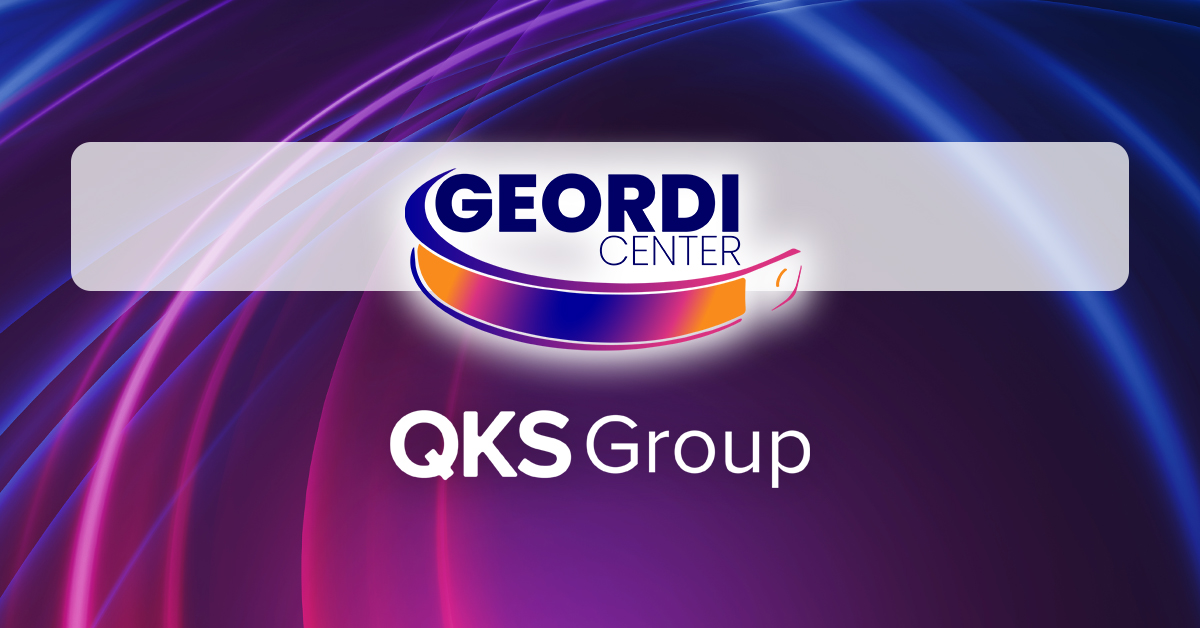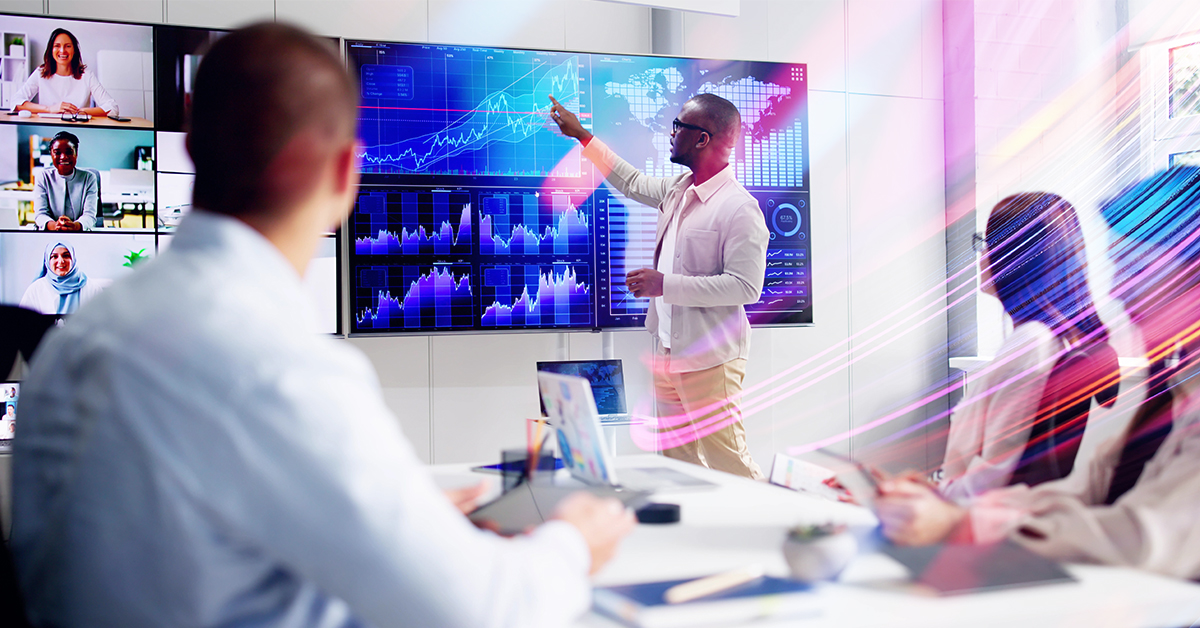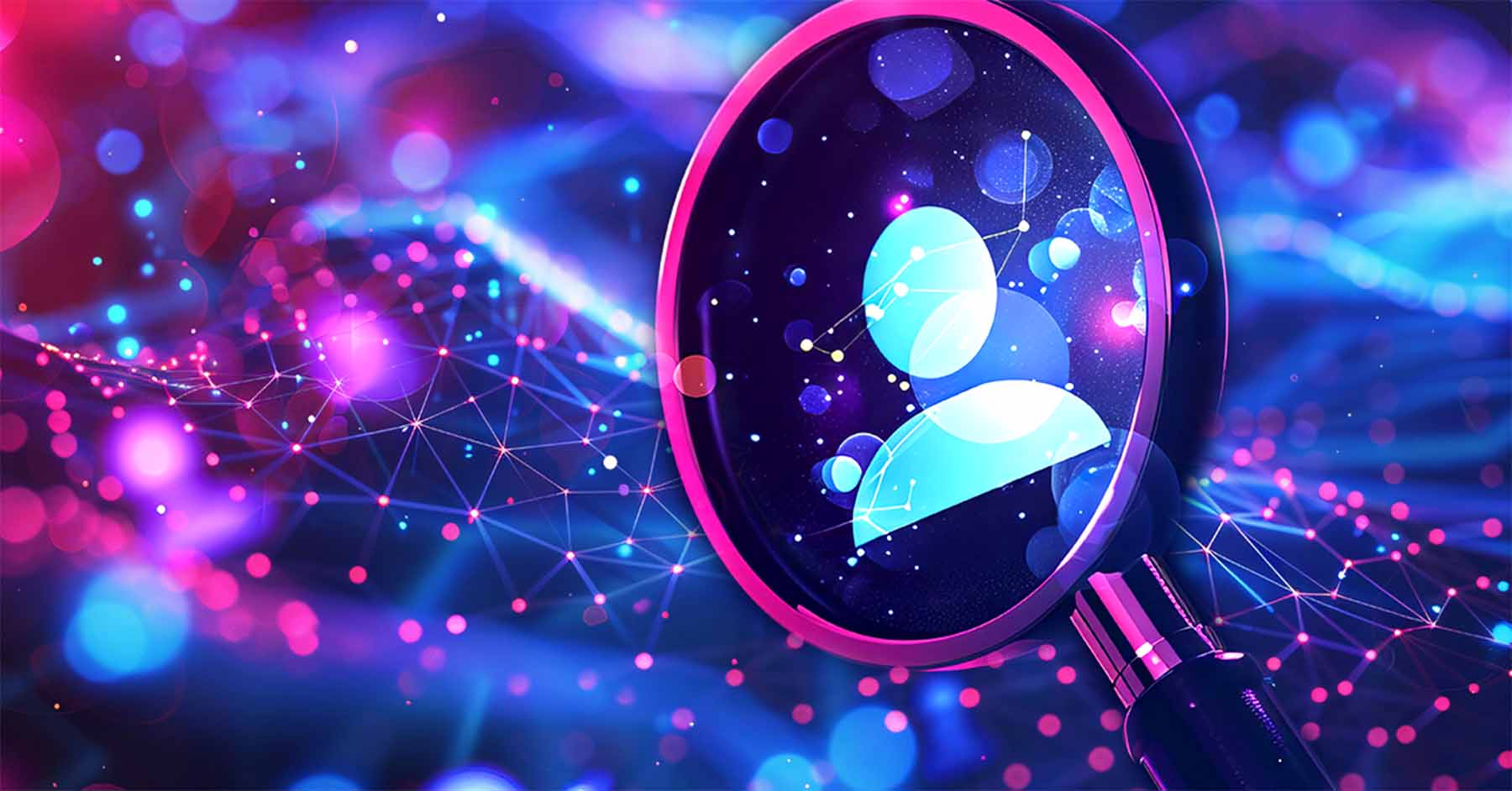- Managed Services and IT Support
- CX


Compucom Editorial Team
Happy Employees Equal Happy Customers: Taking Care of Your First Customers First
Customer Experience (CX) is a hot topic issue, and rightly so. But are you taking care of your “first customers,” your employees, with the same care, commitment, and focus you give to your customers?
Your employees are directly or indirectly responsible for your customer’s experience and overall satisfaction. They need to be properly equipped to do their jobs so that every touchpoint a customer has with your company, from the first time they see an ad to their first customer service interaction, is optimal. It’s as simple as this; happy, productive employees equal happy customers.
But how can you do that when tightening budgets mean employees must do more with less, or you don’t have enough qualified workers to drive the customer experience you want to provide? These are major issues affecting companies worldwide.
With global talent shortages across most industries projected to continue well into 2023 and most likely beyond, attracting and retaining top talent has become a major focus of business leaders everywhere. The importance of focusing strategy and investment on creating and leveraging a first-rate Employee Experience (EX) cannot be overstated.
Employee Experience (EX), Technology, and the Watermelon Effect
Forbes defines the employee experience as the overall feeling that employees have regarding their work environment and their interaction with their organization. Employee experience comes from positive company culture, leadership, job satisfaction, and opportunities for growth and development. Providing a welcoming, inclusive environment, promoting a work-life balance, and offering opportunities for team building, socialization, and community service also contribute. But what is often overlooked is a major part of the everyday work experience: technology and IT services.
Technology and IT services are central to your employees’ productivity and engagement every day. When your employees think, “Is this company serious about helping me succeed in this job?” they’ll look to their onboarding experience, the value of provided computers and devices, how the infrastructure and services perform, and the quality and availability of tech support.
Unfortunately, employees’ bad technology experiences may be flying under the radar. When employees consistently have bad IT interactions and aren’t provided adequate support to fix issues, they give up and learn to live with the status quo, resulting in the “watermelon effect.”
This happens when employees don’t tell management how they feel and what the real issues are. Employees give the impression that everything is OK (green on the outside), while they grow more frustrated and unhappy (red on the inside).
Poor technology and IT services, and the watermelon effect it creates, can have serious consequences:
- Lack of productivity – time and money wasted: For a company with 1000 employees, minor disruptions occur four times a day for a total of 21 minutes (10.5 workdays a year), equating to $4 million annually, on average
- Security risk: When using a company device that doesn’t work right, employees often switch to personal devices; often unsecured, these endpoints can expose and compromise corporate data
- High Attrition Rates: Day-to-day frustrations can cause employees to start looking elsewhere for work, leading to the loss of valuable employees and unplanned spending to recruit and train new ones
Avoiding the Watermelon
The bottom line is that, while your company culture may be ideal, if your employees don’t have a good experience, your customers won’t either. Delivering a good customer experience means focusing on your first customers first: your employees. Putting your employees first requires asking yourself some serious questions, like:
- Do our employees have the right devices to be efficient and productive?
- Do they get support in the way that works best for them?
- Does their technology perform well wherever they work — remote, in-office, or both?
The answers to these questions, and the solutions they drive, will determine your employee experience, regardless of where and how they work. And if there is one thing the pandemic has taught us, remote work is here to stay in one form or another. Whether fully remote, hybrid, or completely in-office, managing workplace technology has become more challenging:
- Cloud-connected apps and services must work seamlessly across all locations to support efficiency and collaboration
- IT teams must manage diverse equipment and support requests for devices that travel between the office, home, coffee shops, and hotels
And while some businesses (retail, hospitality, and healthcare) have always relied on in-person work, more companies are returning to the office, with twice as many Fortune 100 companies (34%) returning in 2022 as in 2021. In 2023 these numbers are forecasted to increase even further. Solutions, like aggregating tech support into a single workflow, must be readily available and provide a consumer-like experience regardless of an employee’s location.
Managing the Experience
Employee experience encompasses a lot; it’s everything the employee goes through, from onboarding to offboarding. For the technology component, let your employees know you’re serious about their productivity and minimizing their technology frustrations.
No matter where your employees work – remote, hybrid, and in-office – you can look to, rely upon, and trust the experience of a managed services provider (MSP) like Compucom, who designs all their solutions and services around employee experience and experience management to help you create the great workplace experiences employees deserve, so they’ll never want to leave.
RecenT

Opportunity in Uncertainty: Turning 6 Top IT Challenges into Strategic Advantages

Navigating Uncertainty: Mitigate Risk and Unlock Opportunity with Strategic IT Sourcing

Future-Ready IT: Strategies to Optimize, Adapt, and Lead Through Uncertainty

Reimagining IT with the FLO Framework: Inside Compucom’s Geordi Center for Interactive Managed Services and Digital Workplace Solutions

Opportunity in Uncertainty: Optimize Your Remote, Hybrid, or In-Office Setup

9 Ways Strategic IT Staffing Empowers Organizations
TOPICS
EX, Technology, and the Watermelon Effect
- Managed Services and IT Support
- CX

Compucom Editorial Team
Happy Employees Equal Happy Customers: Taking Care of Your First Customers First
Customer Experience (CX) is a hot topic issue, and rightly so. But are you taking care of your “first customers,” your employees, with the same care, commitment, and focus you give to your customers?
Your employees are directly or indirectly responsible for your customer’s experience and overall satisfaction. They need to be properly equipped to do their jobs so that every touchpoint a customer has with your company, from the first time they see an ad to their first customer service interaction, is optimal. It’s as simple as this; happy, productive employees equal happy customers.
But how can you do that when tightening budgets mean employees must do more with less, or you don’t have enough qualified workers to drive the customer experience you want to provide? These are major issues affecting companies worldwide.
With global talent shortages across most industries projected to continue well into 2023 and most likely beyond, attracting and retaining top talent has become a major focus of business leaders everywhere. The importance of focusing strategy and investment on creating and leveraging a first-rate Employee Experience (EX) cannot be overstated.
Employee Experience (EX), Technology, and the Watermelon Effect
Forbes defines the employee experience as the overall feeling that employees have regarding their work environment and their interaction with their organization. Employee experience comes from positive company culture, leadership, job satisfaction, and opportunities for growth and development. Providing a welcoming, inclusive environment, promoting a work-life balance, and offering opportunities for team building, socialization, and community service also contribute. But what is often overlooked is a major part of the everyday work experience: technology and IT services.
Technology and IT services are central to your employees’ productivity and engagement every day. When your employees think, “Is this company serious about helping me succeed in this job?” they’ll look to their onboarding experience, the value of provided computers and devices, how the infrastructure and services perform, and the quality and availability of tech support.
Unfortunately, employees’ bad technology experiences may be flying under the radar. When employees consistently have bad IT interactions and aren’t provided adequate support to fix issues, they give up and learn to live with the status quo, resulting in the “watermelon effect.”
This happens when employees don’t tell management how they feel and what the real issues are. Employees give the impression that everything is OK (green on the outside), while they grow more frustrated and unhappy (red on the inside).
Poor technology and IT services, and the watermelon effect it creates, can have serious consequences:
- Lack of productivity – time and money wasted: For a company with 1000 employees, minor disruptions occur four times a day for a total of 21 minutes (10.5 workdays a year), equating to $4 million annually, on average
- Security risk: When using a company device that doesn’t work right, employees often switch to personal devices; often unsecured, these endpoints can expose and compromise corporate data
- High Attrition Rates: Day-to-day frustrations can cause employees to start looking elsewhere for work, leading to the loss of valuable employees and unplanned spending to recruit and train new ones
Avoiding the Watermelon
The bottom line is that, while your company culture may be ideal, if your employees don’t have a good experience, your customers won’t either. Delivering a good customer experience means focusing on your first customers first: your employees. Putting your employees first requires asking yourself some serious questions, like:
- Do our employees have the right devices to be efficient and productive?
- Do they get support in the way that works best for them?
- Does their technology perform well wherever they work — remote, in-office, or both?
The answers to these questions, and the solutions they drive, will determine your employee experience, regardless of where and how they work. And if there is one thing the pandemic has taught us, remote work is here to stay in one form or another. Whether fully remote, hybrid, or completely in-office, managing workplace technology has become more challenging:
- Cloud-connected apps and services must work seamlessly across all locations to support efficiency and collaboration
- IT teams must manage diverse equipment and support requests for devices that travel between the office, home, coffee shops, and hotels
And while some businesses (retail, hospitality, and healthcare) have always relied on in-person work, more companies are returning to the office, with twice as many Fortune 100 companies (34%) returning in 2022 as in 2021. In 2023 these numbers are forecasted to increase even further. Solutions, like aggregating tech support into a single workflow, must be readily available and provide a consumer-like experience regardless of an employee’s location.
Managing the Experience
Employee experience encompasses a lot; it’s everything the employee goes through, from onboarding to offboarding. For the technology component, let your employees know you’re serious about their productivity and minimizing their technology frustrations.
No matter where your employees work – remote, hybrid, and in-office – you can look to, rely upon, and trust the experience of a managed services provider (MSP) like Compucom, who designs all their solutions and services around employee experience and experience management to help you create the great workplace experiences employees deserve, so they’ll never want to leave.
Recent Blogs

Opportunity in Uncertainty: Turning 6 Top IT Challenges into Strategic Advantages

Navigating Uncertainty: Mitigate Risk and Unlock Opportunity with Strategic IT Sourcing

Future-Ready IT: Strategies to Optimize, Adapt, and Lead Through Uncertainty

Reimagining IT with the FLO Framework: Inside Compucom’s Geordi Center for Interactive Managed Services and Digital Workplace Solutions

Opportunity in Uncertainty: Optimize Your Remote, Hybrid, or In-Office Setup




